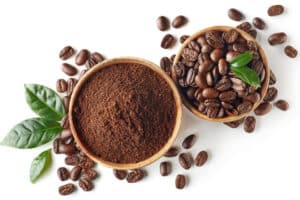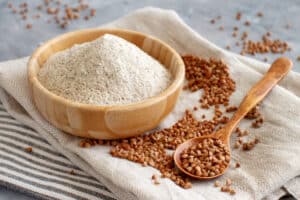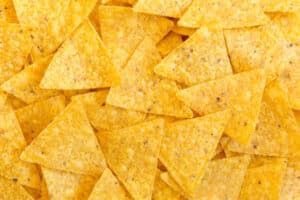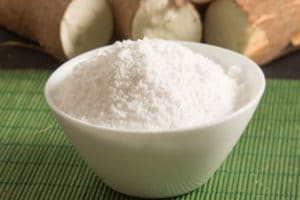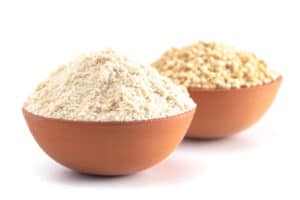Gram flour, also known as Bengal chickpea flour, is a fantastic ingredient that people use to increase the level of nutrition in their cooking. This gluten-free flour has a distinct nutty taste that we all enjoy.
But, if you have a recipe that calls for gram flour, like, say, Indian-style pancakes, you don’t have to run to the store at once because there are several alternatives. Whole-wheat flour, almond, oat, cassava, millet, and quinoa are all excellent substitutes for gram flour.
But first, let’s look at the properties of gram flour. You will find it simpler to choose your stand-in.
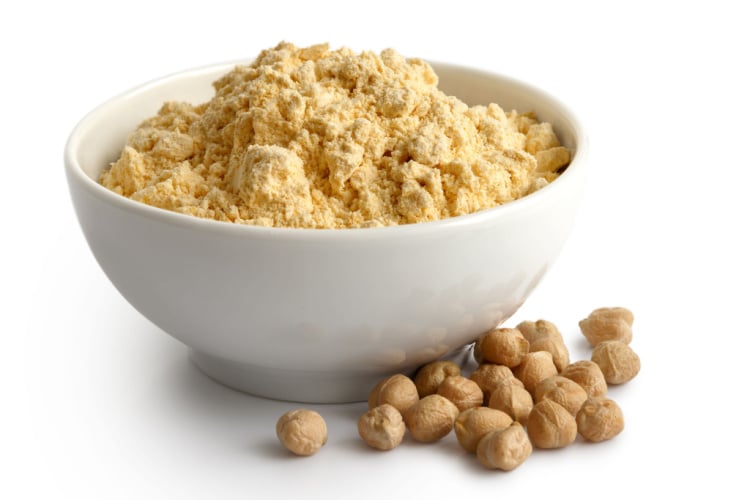
What Is Gram Flour?
Gram flour is a chickpea flour that is widely used in Indian, Bangladeshi, and Pakistani cuisine. To truly grasp what gram flour is, we must first describe the two varieties of chickpeas used to manufacture it.
Gram flour can be made from either Kabuli or Desi chickpeas.
Kabuli chickpeas are beige in color and yield lighter flour, while Desi chickpeas are smaller and darker beans. Most of the gram flour offered in stores is usually made from the latter.
Overall, gram flour has a distinct nutty flavor, as we said. Since Desi chickpeas are darker in color, baked or fried foods made with this variety may get a deeper golden color.
When mixed with a liquid base, gram flour creates a thick, sticky batter. Gram flour is also used as a binding agent in veggie burgers, a thickener in soups and stews, or a component in pancakes, muffins, and pastries.
Gram Flour Substitute
Cassava Flour
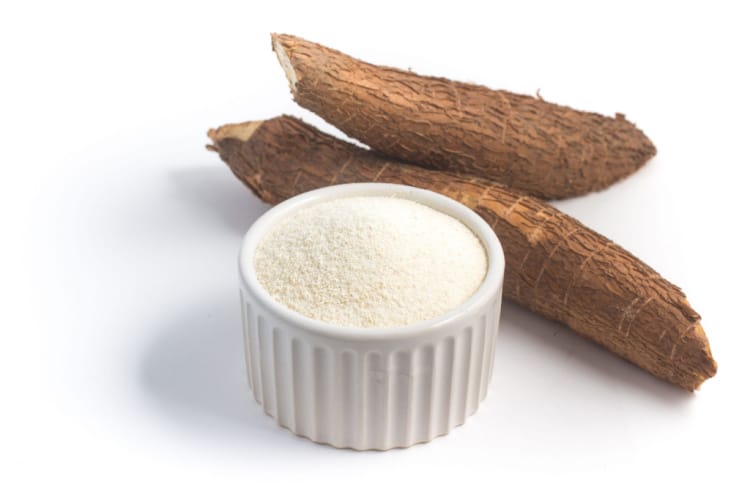
Have you ever tried something made from cassava flour? Cassava is a superb gluten-free alternative to gram flour, so if you haven’t tried it, this may be the right time.
Cassava flour’s flavor is somewhat reminiscent of chickpea. It smells nutty and, although not overpowering, you may slightly notice it in the dough’s aroma.
Cassava pone, for instance, is a classic Caribbean dish and one of the most popular dishes from cassava flour where this aroma is very prominent. Other than Cassava pone, this flour may be used to make muffins, brownies, bread, and other baked goods.
If you use it for bread, make sure to combine it with other flour like whole wheat because cassava does not have the capacity to rise and will result in a denser bread.
Whole Wheat Flour
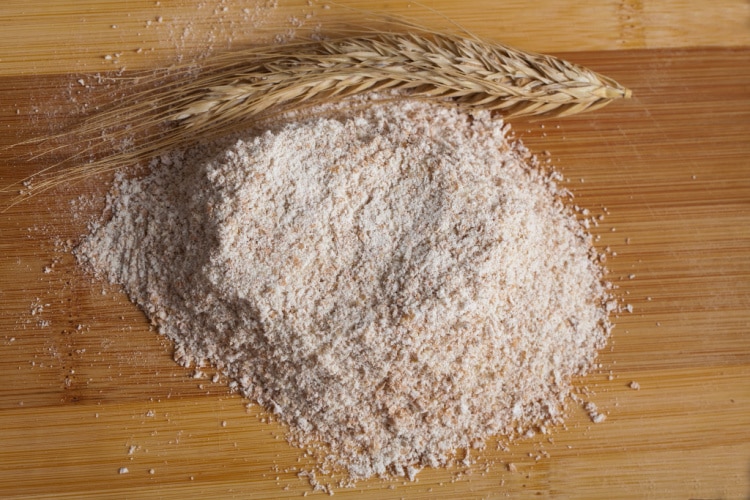
Whole wheat flour is always an option if you’re looking for a non-gluten-free substitute.
The difference between whole wheat and gram flour is that whole wheat flour has a more neutral flavor and grainy texture. It’s also more fibrous.
As a result, it may be the best chickpea substitution for bread, muffins, or cookies.
Whole wheat flour can be used in place of gram flour at a 1:1 ratio. If you don’t have whole wheat flour, all-purpose flour will also do just fine, but it won’t have the same taste.
Almond Flour
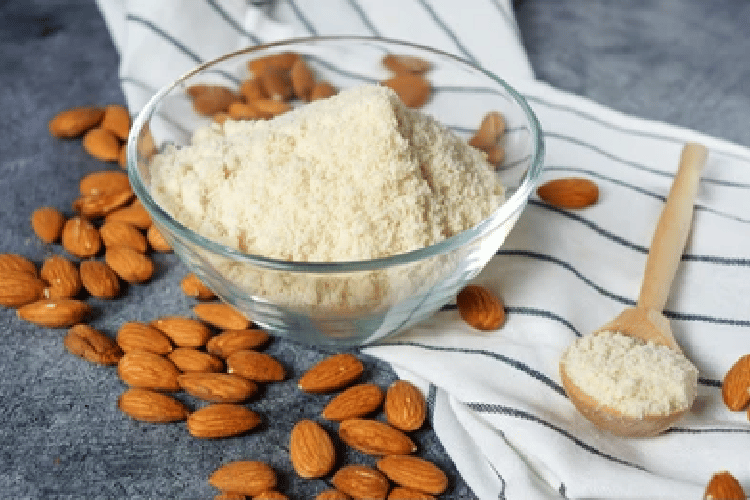
Almond flour is a popular low-carb ketogenic flour. It is typically used to limit carbohydrate consumption or, in our instance, to substitute gram flour.
Almond flour is frequently made from skinned almonds. However, some have the skins attached, and this product is referred to as almond meal and can also be used instead of gram flour.
This variety is widely accessible and has a mild nutty, sweet flavor with a relatively neutral scent. It’s also quite healthy. Because of its mildly sweet flavor, it works best in sweet recipes.
It’s also used to bind burgers, sausages, and meatballs. When baking bread or other baked products, use almond flour with other flour to lessen the density of the batter and let it rise better.
Millet Flour
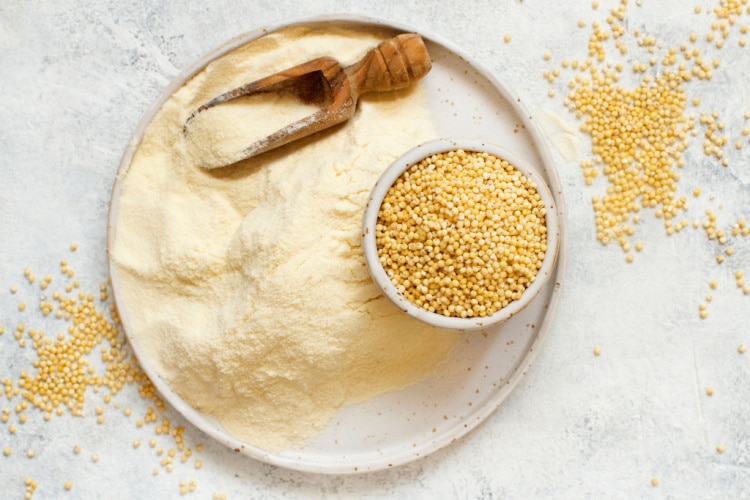
Have you ever used millet flour? If you have, then you know that it’s a terrific source of nutrition. It also adds a nice texture to a number of baked goods, including Indian-inspired recipes, like roti or paratha.
It’s a wonderful substitute not just for chickpea flour but also for glutenous flour, so if you want gluten-free, millet flour is a terrific option.
You may use millet flour instead of gram flour in an equal ratio. To improve the quality of the batter, we recommend combining it with rice or wheat flour.
Oat Flour
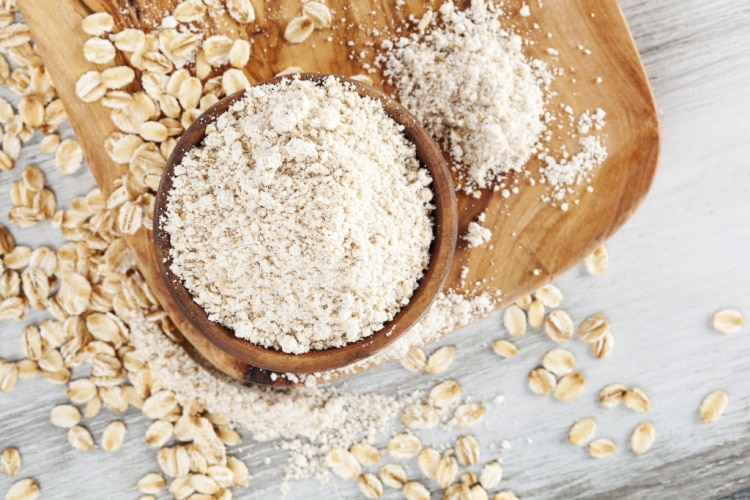
Oat flour is yet another great alternative that may be used in place of gram flour — it’s gluten-free and widely accessible.
Similar to homemade gram flour, for which we’ll give you the recipe in a bit, you may produce your own oat flour by processing oats or oatmeal.
Oat flour has a mild and somewhat sweet flavor. It complements dense-textured desserts such as chocolate brownies or vanilla muffins.
If you’d like to make spongy and airy cakes, you must use this gluten-free flour in combination with another flour, such as rice flour.
Apart from baking, this flour is excellent for thickening soups and stews.
Quinoa Flour
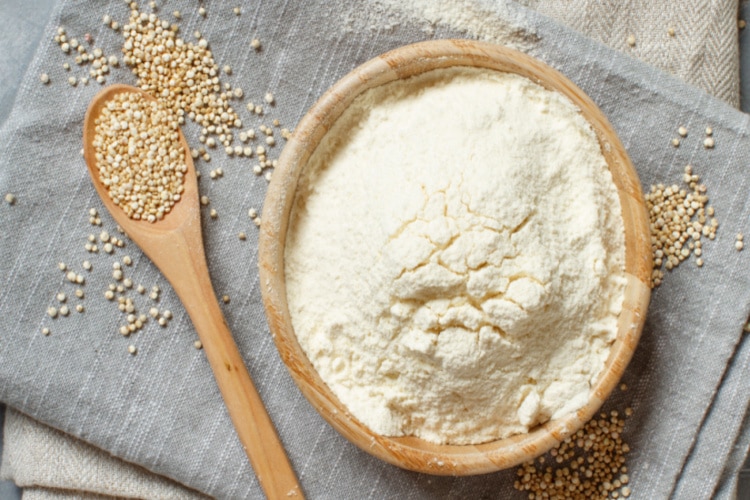
We adore quinoa — it’s a great low-carb alternative for a carb-heavy grain.
Quinoa flour is produced by crushing dried quinoa seeds into yellowish-white flour. It has a fine texture that’s ideal for nuggets and quinoa balls. Quinoa flour-baked delicacies are fluffy, moist, and somewhat chewy.
Quinoa flour is also an excellent binder, so you can use a tablespoon or two to make burgers or kebabs.
Spelt Flour
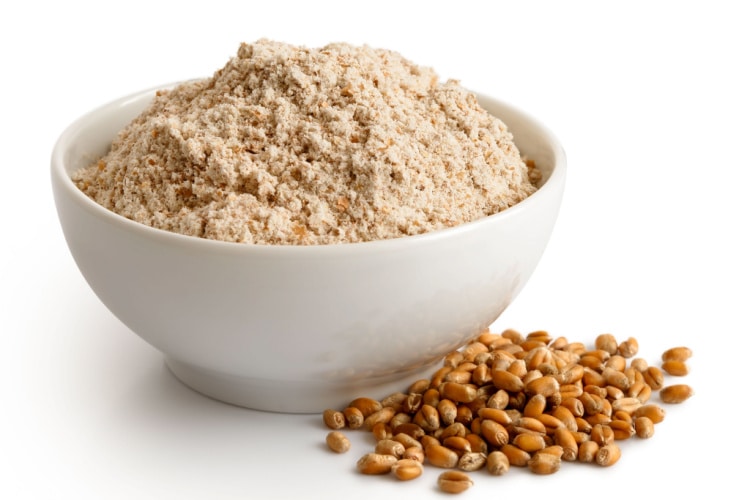
Our final option is probably not the most common, but it’s an excellent substitute for gram flour.
Spelt flour is made from the spelt grain. It has a delicate yet nutty scent that will not overshadow your baked delicacies.
It’s a healthy substitute for gram flour in cookies, granola bars, or brownies. It’s not ideal for recipes that need flour to rise, such as bread and cake. However, if you do decide to use it in bread or cake, you can combine it with something like wheat flour so the final product can get fluffier.
Spelt flour can be found in larger supermarket stores, but if you can’t locate it in every store, you can buy it online — the same goes for the other alternatives.
Gram Flour Substitutes Nutritional Profile
| 100g Flour | Gluten | Calories | Fats | Carbs | Proteins | Fibers |
| Cassava | No | 330 | 3.7g | 78.4g | 2.8g | 3.7g |
| Whole Wheat | Yes | 340 | 2.5g | 72g | 13.2g | 10.7g |
| Almond | No | 163 | 14.2g | 5.6g | 6.1g | 3g |
| Millet | No | 207 | 1.7g | 41g | 6g | 2.2g |
| Oat | No | 389 | 6.9g | 66.3g | 16.9g | 10.6g |
| Quinoa | No | 120 | 1.9g | 21.3g | 4.4g | 2.8g |
| Spelt | Yes | 110 | 0.5g | 22g | 5g | 4g |
Homemade Gram Flour Recipe
Now that we’ve learned more about gram flour and how to substitute it with other flour, it’s time to learn how to make fresh chickpea flour. If you like making your food from scratch, this one’s for you!
Ingredients:
- Desi chickpeas;
Equipment:
- Food processor, grain mill, or high-speed blender;
- Sieve or sifter;
- Airtight container;
- Coffee or spice grinder;
Prep time: 10 minutes;
Begin by combining your Desi chickpeas in a high-speed blender, food processor, or grain mill.
How many chickpeas you’ll use is up to you. If you are using a larger quantity, it’s best to blend it in batches.
Cover the top so the gram flour won’t escape through the tube. Start blending for 3–4 minutes until the chickpeas are finely processed.
Sift the gram flour through a sieve or sifter to separate the finely processed gram flour from the bits that did not.
If any big chunks did not process well, feel free to place them in a coffee or spice grinder and process them again for 1–2 minutes. Repeat this process once or twice until all parts are finely ground.
There you go, you are all done! All that remains is to store your fresh gram flour in a sealed jar and keep it in a cold, dry area.
Conclusion
Now that you are well-educated on gram flour and its substitutes, it’s time for you to pick an option and experiment in the kitchen.
Before you replace gram flour in a recipe, consider the content, taste, and coloring of the other options.
First and foremost, this flour is gluten-free, so if you are on such a diet, opt for gluten-free alternatives like millet or oat flour.
Second, it’s made using raw chickpeas, so keep in mind that it has a peculiar nutty flavor and yellowish hue. If you’re after the same thing, almond flour leaves baked goods with a particular almond-like flavor and similar yellowish color.
If you have any of the options we suggested to you available at home, feel free to test them out. The results will be brilliant — we know it!


